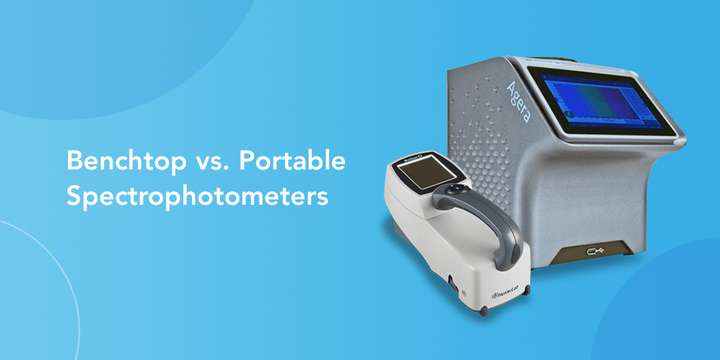人間の目は何百万色もの色を見ることができる。しかし、常に正確に色を見分けられるわけではありません。見る角度や照明によって、微妙に異なる2つの色を同じ色と感じたり、同じ色の物体でも違いが見えたりすることがあります。そのため、色についてコミュニケーションをとる際に課題が生じます。このように色を正確に識別して伝えることができないことは、デザイナーやメーカーにとって、色の標準を再現し、色の不一致を確立しようとするときに厄介なことになります。
常に正確な色を再現するために、メーカーやデザイナーは色の特性を定量化し、色間の数値的な違いを決定する方法を必要としています。CIELABまたはCIE L*a*b*は、デバイスに依存しない3D色空間であり、3つの色値を利用してすべての知覚可能な色を正確に測定および比較します。この色空間では、値間の数値的な格差が、人間が知覚できる色の変化の度合いを表します。
CIELABの中核となる設計と運用上の前提は、脳が網膜の色入力を明暗(明るさ)の違いとして、また赤/緑と青/黄という互いに排他的な反対色のゾーンの違いとして解釈することを示す科学的理論に基づいています。色は赤と緑、黄色と青ではありえないので、私たちはこれを「色反対相関の原理」と呼んでいます。緑がかった赤を見たことがあるだろうか?
CIELABカラーモデルとは?
L,a,b色空間はもともと、ハンターラボの創設者であるリチャード・S・ハンターによって1948年に定義されました。CIE 1931 XYZ色空間から簡単な数式で計算できるように設計されていましたが、より知覚的に均一になるように設計されていました。ハンターは彼の座標をL、a、bと名付け、これが1976年に国際照明委員会(CIE)によって作られたCIELABの前身となりました。CIELABのCIEは、国際照明委員会(International Commission on Illumination)のフランス語名であるCommission Internationale de l'Eclairageの略称で、ハンターの座標と区別するためにCIELABの座標をL*, a*, b*と命名した。
ハンターL、a、bとCIE 1976 L*a*b* (CIELAB)はどちらも反対色理論に基づくカラースケールで、人間の目の受容体は色を以下の対の反対色として知覚すると仮定しています:
- Lスケール:数値が低い(0~50)ほど暗く、数値が高い(51~100)ほど明るい。
- aスケール:赤対緑で、正の数が赤、負の数が緑を示す。
- bスケール:黄色対青色。正の数は黄色を、負の数は青色を示す。
完璧なカラースケールは色空間全体で均一であり、2つの色の間の1単位の違いは、赤、紫、オレンジ、青のいずれであっても同じ量だけ視覚的に異なって見えることを意味する。実際には、Hunter L, a, bもCIELABも完全には均一ではない。ハンターL,a,bスケールとCIE L*,a*,b*スケールはどちらもCIE XYZ値から数学的に導き出されたものですが、ハンターL,a,bは色空間の黄色領域で収縮し青色領域で拡大する平方根関数を使用しているのに対し、CIE L*,a*,b*は立方根関数を使用しており、黄色領域で拡大しすぎています。
一般的に、Hunter L,a,bスケールとCIELAB (L*,a*,b*)カラースケールは、色の測定や色の許容範囲の基準を定義するために完全に受け入れられ、説明的です。これらのスケールはどちらも直感的で、練習しながら使用することで、簡単に色の価値を理解し、伝えることができます。






